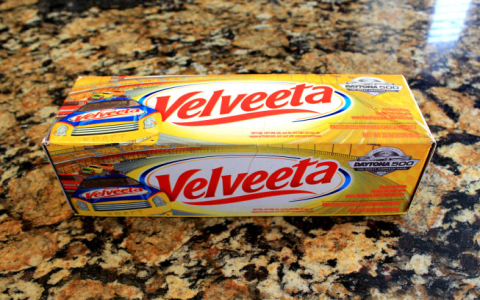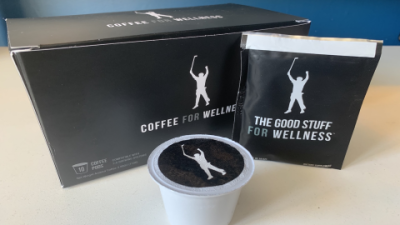Velveeta cheese. Just the name makes me think of those gooey grilled cheese sandwiches and the classic macaroni and cheese we all crave sometimes. It’s one of those staple ingredients that sits quietly in the back of the fridge or pantry, ready to swoop in whenever you need a bit of cheesy magic. But here’s the real question most of us have asked at some point: How long does Velveeta really last? When does it go bad? And how do I even read that expiration date on it? You’re not alone in wondering this because, unlike your regular cheddar or mozzarella, Velveeta is a processed cheese product, which means its shelf life and care might surprise you.
So, let’s dive into the nitty-gritty of Velveeta’s expiration date, how long it can stick around, proper storage, and those telltale signs that say, “Hey, maybe don’t eat this anymore.” After reading, you’ll probably feel a little more confident opening up that shiny block of Velveeta and knowing exactly what to do with it.
To start, a quick heads-up: Velveeta isn’t exactly your grandma’s cheese. It’s a pasteurized processed cheese product, meaning it’s made by blending real cheese with some extra ingredients like whey protein, starches, milk solids, and preservatives. These extras help it last longer and keep that silky, smooth texture that Velveeta lovers adore. This also means it won’t spoil as fast as your typical cheddar, but it’s not completely impervious either.
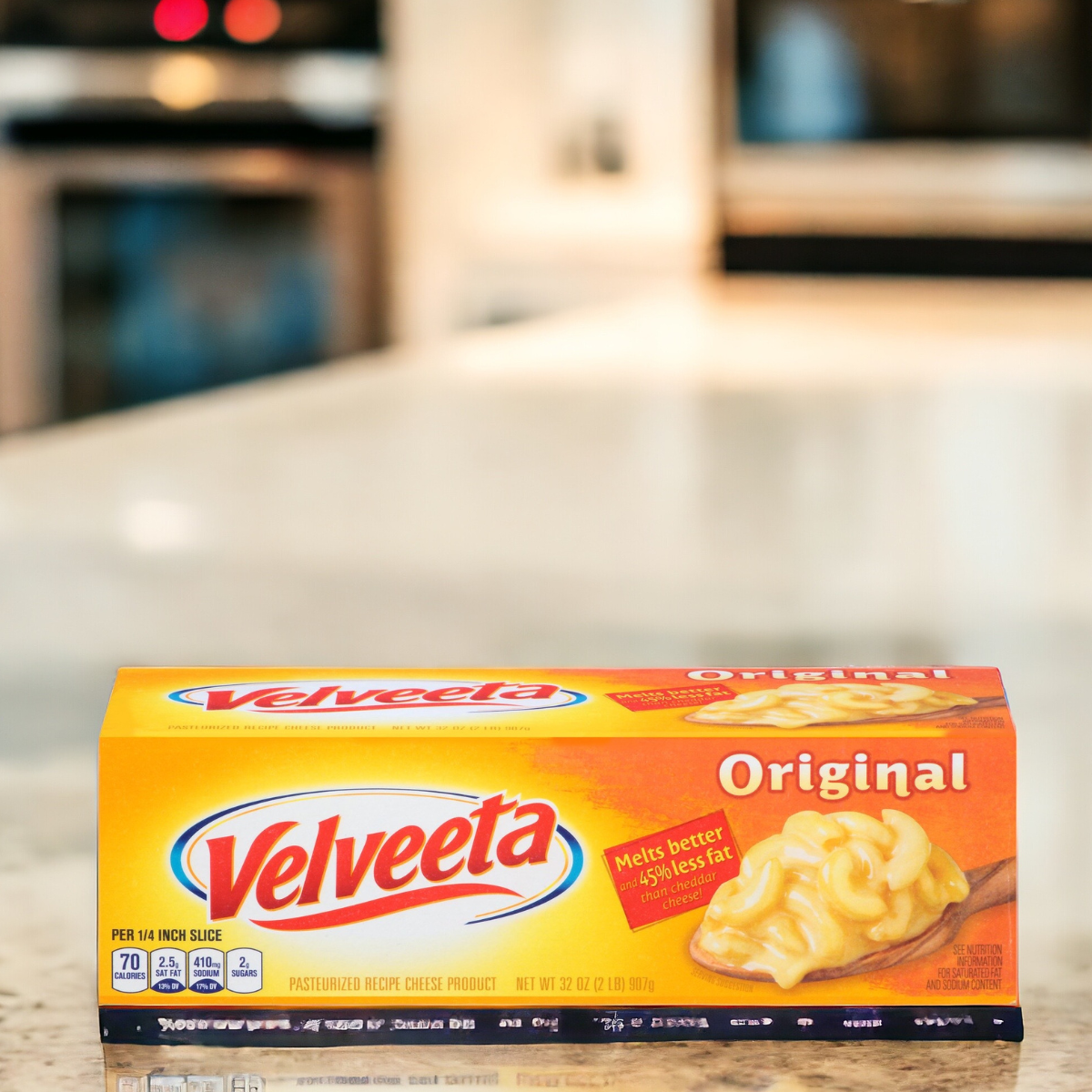
Now, on to the shelf life:
Unopened Velveeta can stay good for quite a while—think up to six months past the printed expiration or “use-by” date, as long as you store it properly. Many people store unopened packs right in their pantry, and it’s totally fine—as long as it’s kept somewhere cool and dry. I wouldn’t toss it in a spot where it’s super warm or in direct sunlight because heat can mess with its quality. Honestly, that’s one of the best things about Velveeta—no need to rush to the fridge for the unopened pack.
But once you crack open that shiny wrapper, things change a little. When Velveeta is exposed to air and touched by utensils, it starts to break down faster. Once opened, it's a fridge-only item. You should aim to eat it within to weeks, although if you’re super careful and wrap it really well, it might hang around up to weeks without turning bad. Just make sure to store it tightly wrapped in plastic wrap or an airtight container, and always keep your fridge below 40°F (around 4°C). I’ve learned the hard way that leaving an opened block loosely covered can make it dry and less appealing pretty quickly!
A quick note about freezing: It might seem tempting to freeze Velveeta if you have too much on hand. I get it—wasting cheese is the worst! But freezing isn’t officially recommended because it ruins that smooth, creamy texture Velveeta is known for. When thawed, it can become crumbly or dry, which makes it a bit less fun to cook with. But if you really want to freeze it, wrap it tightly in foil and put it in a good freezer bag. Just expect some texture weirdness when you thaw it.
Now, here’s the deal—how do you know when Velveeta has gone bad? Beyond just looking at the dates, paying attention to changes in color, smell, and texture is key. Velveeta should remain a nice, even creamy yellow color. If you spot any mold—green, white, or blue spots—don’t risk it; toss it. If the texture shifts to slimy, dry, or crumbly, it’s a bad sign too. And that smell? If you catch anything sour or off—like something’s gone rancid—it’s time for the trash.
People often ask, “Is it really that serious to respect the expiration date on Velveeta since it has preservatives?” And the answer is yes—and no. Yes, those preservatives do buy you some time, but no, it’s not a guarantee. Spoiled Velveeta can still harbor bacteria that might make you sick, so playing it safe is always smarter than sorry.
Here are some FAQ-style answers I often find helpful:
Q1: Can I use Velveeta after its expiration date?
If it’s unopened and stored well, you probably can use it up to six months past that date, but always check for any weird smells or colors.
Q2: How long does Velveeta last once opened?
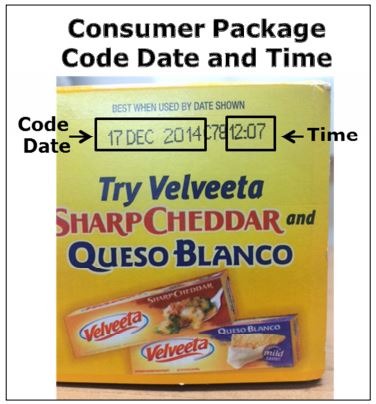
Two to three weeks is best, but careful wrapping and good fridge temps can stretch it to around eight weeks.
Q3: Can I freeze it?
Technically yes, but don't expect the same creamy texture after thawing. It works more as a last resort.
Q4: What are the signs Velveeta has gone bad?
Mold, off smells, slimy or dry texture, or strange colors are your warning flags.
Q5: How should I store opened Velveeta?
Tightly wrapped or in an airtight container, always below 40°F in the fridge.
If you’re anything like me, you’ve probably got a few Velveeta recipes up your sleeve. It’s the absolute champion for dips, cheese sauces, and just about any recipe that calls for melted cheese without clumps or dryness. Which makes it all the more important to keep it fresh and tasty—from that first slice to the very last spoonful.
One last thing worth mentioning—the science behind why Velveeta lasts so long. Basically, between pasteurization, preservatives like sorbic acid, and its processed cheese base, it’s pretty much designed to stay safe and creamy longer than your average block of cheese. Plus, the packaging is tightly sealed to keep oxygen and bacteria out until you open it.
In summary: Velveeta is a pretty forgiving cheese that can last a good long while unopened and refrigerated when opened. But don’t ignore the signs your cheese is past its prime—they’re there to keep you safe. Store it right, respect the time frames, and you’ll have that luscious, melty cheese goodness ready whenever you want it.
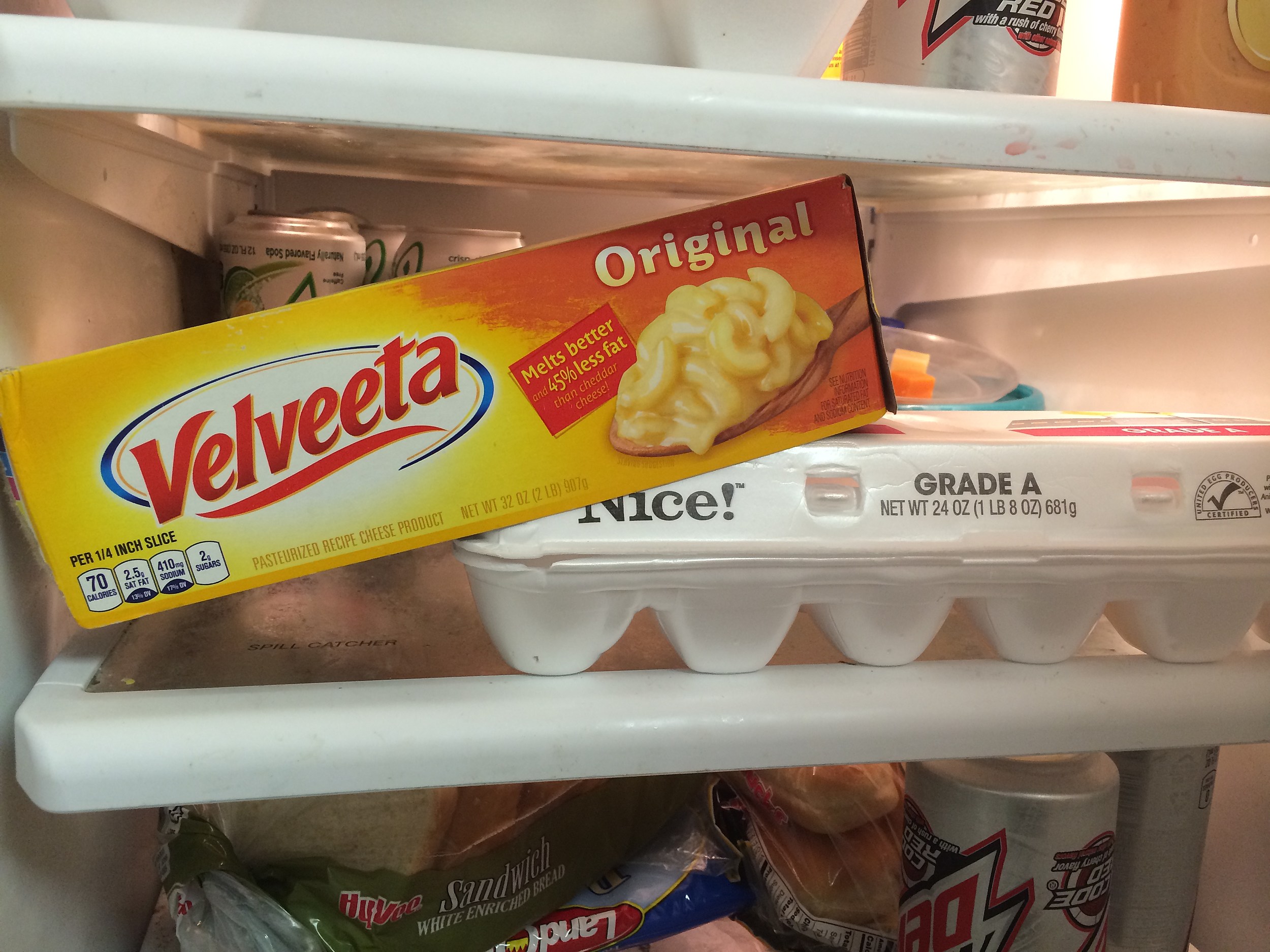
Hopefully, this demystifies the whole “expiration date on Velveeta cheese” mystery for you a bit! Next time you grab a block, you can be confident in how to store it and when to say goodbye. Because nobody wants to waste good cheese—or worse, get sick from bad cheese!
Stay cheesy!
